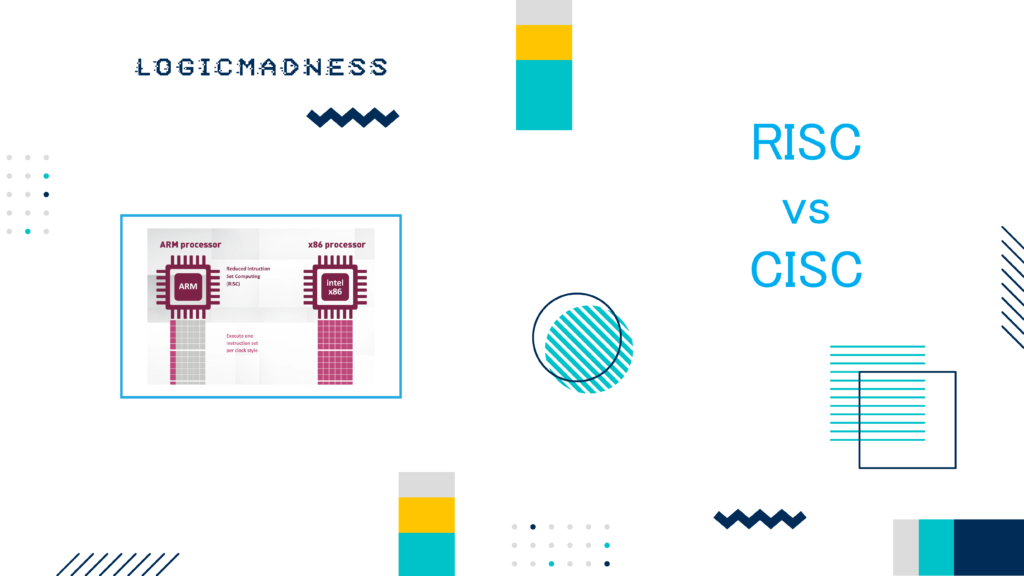Focuses on PCIe Physical Layer (Gen1–Gen4), encoding, framing, special symbols, and link training.
1. PCIe Physical Layer Overview
The Physical Layer (PHY) converts digital TLP/DLLP data into electrical signals for transmission over PCIe lanes:
- Supports Gen1 to Gen4 speeds
- Performs encoding, scrambling, framing, and equalization
- Manages link initialization, recovery, and speed change
ASCII PHY Layer Diagram
+--------------------+
| Transaction Layer |
+--------------------+
| Data Link Layer |
+--------------------+
| Physical Layer |
| - TX / RX lanes |
| - Encoding / Framing |
| - Equalization |
+--------------------+
2. Gen1 & Gen2 Encoding
- Speed: Gen1 = 2.5 GT/s, Gen2 = 5 GT/s
- Encoding: 8b/10b
- Maps 8-bit data to 10-bit symbols
- Ensures DC balance and enough transitions for clock recovery
- Framing & Special Symbols:
- SKP: Skip symbol to align lanes
- COM: Start-of-packet or link control
- IDLE: No data, keeps link alive
ASCII 8b/10b Example
Data byte 0xAB -> 10-bit symbol 0b1010110010
3. Gen3 & Gen4 Encoding
- Speed: Gen3 = 8 GT/s, Gen4 = 16 GT/s
- Encoding: 128b/130b
- 128-bit data + 2-bit sync header
- Reduced overhead compared to 8b/10b
- Ordered Sets: TS1, TS2, EIOS, EIEOS, FTS, SKPOS
- TS1/TS2: Link training and initialization
- EIOS / EIEOS: End-of-start-of-stream markers
- FTS / SKPOS: Framing and symbol placement
ASCII 128b/130b Stream Example
[Sync Header][128-bit Payload] -> [Ordered Set TS1/TS2] -> Link
4. Link Initialization & Training
- Managed via LTSSM (Link Training & Status State Machine)
- States:
| LTSSM State | Description |
|---|---|
| Detect | Physical connection detected |
| Polling | Verify link width & speed |
| Configuration | Exchange link capabilities |
| L0 / L0s | Active data transmission |
| Recovery | Error recovery and retransmission |
| Loopback | Test mode for PHY |
| Hot Reset | Reset link without power cycling |
| Disabled | Link inactive |
ASCII LTSSM Flow
Detect -> Polling -> Configuration -> L0
|
v
Recovery / Loopback
5. Link Parameters & Recovery
- Link width negotiation (x1, x4, x8, x16)
- Speed negotiation (Gen1–Gen4)
- Recovery states handle symbol misalignment, CRC errors, or lane skew
6. Equalization
- Receiver Equalization: Compensates for trace loss, reflections, and crosstalk
- Transmitter Preshoot / De-emphasis: Reduces high-frequency signal distortion
- Essential for Gen3+ links to maintain signal integrity at high speeds
ASCII Equalization Concept
TX: Data -> Preshoot / De-emphasis -> Trace
RX: Signal -> DFE / CTLE -> Decode -> TLP
7. Low Power States
- Managed at PHY and Link layer
- Includes L0s, L1, and partial lane shutdown
- Clock Tolerance Compensation: Adjusts for clock variation between devices
8. Summary – PCIe Physical Layer (Gen1–Gen4)
Responsibilities:
- Encode/decode data (8b/10b for Gen1/2, 128b/130b for Gen3/4)
- Frame TLPs and DLLPs using ordered sets
- Perform link training, width/speed negotiation, and recovery
- Equalize signals for high-speed data integrity
- Handle low-power states and clock tolerance

